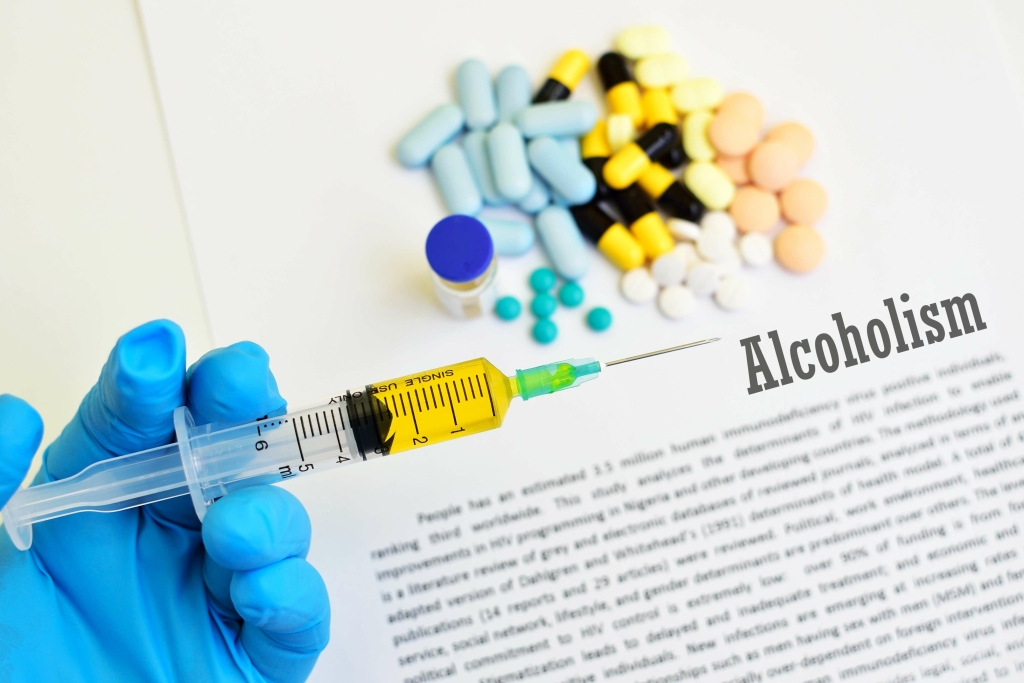Alcohol’s Effects on the Body National Institute on Alcohol Abuse and Alcoholism NIAAA
Recognizing the physical, emotional, and behavioral signs of alcoholism is often the first step toward getting the right kind of support. From early warning signs to more advanced stages like Stage 2 or Stage 4 alcoholism, learning more about what is really happening can help guide the way forward. Realizing you may have Twelve-step program an issue is the first step toward getting better, so don’t hesitate to talk to a healthcare provider.
Changes in Appearance
Because women are so often expected to be strong, nurturing, and in control, they tend to internalize their struggles. They may hide how much they drink, normalize it with a laugh and a wine-mom joke, or tell themselves it’s just a rough patch they’ll get out of soon. Maybe you’re wondering if your drinking has become more than just a way to unwind. Or maybe you’re watching someone you love slowly slip away behind another drink. By Buddy TBuddy T is a writer and founding member of the Online Al-Anon Outreach Committee with decades of experience writing about alcoholism.
Impact on your safety

Approximately 7.7 million adults throughout the U.S. are diagnosed with mental health and substance use disorder (SUD). Among people who abuse substances, around 38% also have a mental health diagnosis. On the spectrum of alcoholism, dependency usually reveals more substantial markers or more intense physical signs of alcoholism. Contact AspenRidge treatment for information on evidence-based programs that offer mental health and substance addiction support at all stages.
- Alcohol use disorder comes in many forms and can have a variety of different signs and symptoms.
- An intervention from loved ones can help some people recognize and accept that they need professional help.
Recognizing Signs of Alcoholism in Women
- For additional resources on managing setbacks, visit how to deal with setbacks in sobriety.
- Specializing in Compulsive Hoarding and Behavior Addictions, Brionna guides clients towards healthier relationships and boundaries.
- The Centers for Disease Control and Protection (CDC) recommend that women have no more than one drink per day and that men have no more than two.
- For heavy drinkers and those with an alcohol use disorder, the remaining alcohol leaves the body via breath, sweat, and urine.
- While casual or occasional drinking poses minimal health risks, physical signs of alcoholism can quickly develop in cases of overuse.
This is called ‘alcohol flush reaction’ and it happens when your body is unable to fully digest all the alcohol you’ve consumed. This means that the toxins in alcohol, including acetaldehyde, can build up in your body. In the long-term, these vessels can over-dilate, leading to spider veins on the skin. Our state-specific resource guides offer a comprehensive overview of drug and alcohol addiction treatment options available in your area. The first stage of someone quitting physical signs of alcoholism alcohol is detox, and it’s important to make sure that people who drink heavily don’t detox alone. The seizures that can occur during withdrawal can be severe enough to be fatal without medical supervision.

Stages of Addiction Recovery at San Diego Detox
If you answered yes to two or more of these questions, you may need to seek treatment for alcohol use disorder. Alcohol is also a diuretic, meaning it dehydrates you every time you have a drink. Losing valuable fluid and nutrients from your body can lead to wrinkled, dry, puffy or just generally unhealthy-looking skin.

A person may start to experience blackouts, sneak drinks, or feel guilty about their drinking. The physical signs of alcoholism begin to surface, such as weight loss, poor hygiene, or flushed skin. Facial redness and flushing represent significant physical markers of alcohol consumption, particularly in individuals with genetic variations affecting alcohol metabolism. Many people develop puffy faces from excessive alcohol consumption due to water retention in facial tissues. This alcohol sensitivity manifests through an impaired ability to metabolize acetaldehyde, resulting in its toxic buildup in your bloodstream.
A little under 6 percent (16.4 million people) drank heavily or binge drank on at least five occasions in the last month. Alcoholism is a disease that affects more than 80 million people in the United States. Unfortunately, only 8 percent of those suffering from the disease will actually receive treatment.
